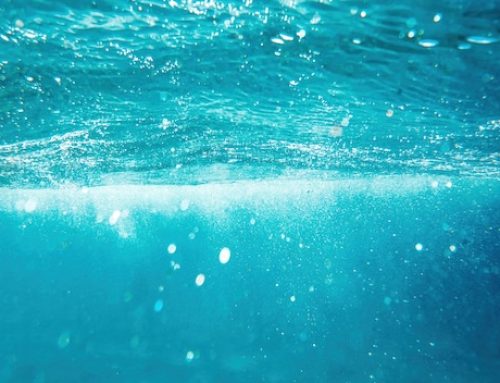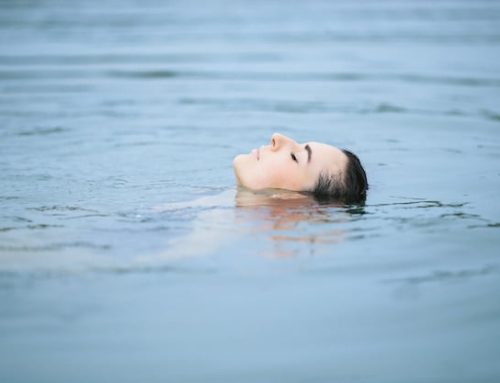The Importance of Swimming
Swimming is a popular form of exercise and recreation that provides numerous health benefits. Apart from being an enjoyable activity, swimming is an excellent workout that can help improve your overall physical condition. However, if you want to make the most of your swimming routine, you need to understand the most important aspects of this water-based activity.
Water Safety
The most important aspect of swimming is water safety. Before you even jump into the pool or ocean, you need to know how to swim and follow water safety guidelines. According to the Centers for Disease Control and Prevention (CDC), drowning is one of the leading causes of death for children and adults, with over 3,500 fatalities every year in the United States alone.
You can reduce your risk of drowning by learning how to swim, wearing life jackets or other flotation devices, and never swimming alone. Always supervise children and new swimmers, and avoid swimming in risky environments like rough seas, fast-moving rivers, or stagnant ponds that may contain harmful bacteria or other hazards.
Swimming Technique
Once you have mastered the basics of water safety, the next important thing is swimming technique. Proper swimming form can help you minimize the risk of injury, improve your speed and endurance, and make your swimming experience more enjoyable.
Swimming technique involves using the correct body position, arm and leg movements, breathing pattern, and timing to propel yourself through the water efficiently. If you are new to swimming or want to improve your skills, consider taking swimming lessons or hiring a coach to guide you in mastering the various strokes.
Swimming Strokes
Swimming strokes are the different ways of moving through the water using specific combinations of arm and leg movements. There are four main swimming strokes that you need to know: freestyle, backstroke, breaststroke, and butterfly.
Each stroke has its own unique technique, advantages, and challenges. For example, freestyle is the fastest and most efficient stroke, but it requires good upper body strength and coordination. Breaststroke is slower but easier on the joints, while butterfly is the most difficult stroke that requires a lot of power and stamina.
Swimming Equipment
Swimming equipment can also play a crucial role in your swimming performance and safety. Depending on your level of experience and goals, you may need different types of equipment such as:
– Swimwear: Choosing the right swimsuit can affect your comfort and mobility in the water. Whether you prefer a one-piece, two-piece, or swim trunks, make sure it fits well, dries quickly, and allows you to move freely.
– Goggles: Wearing goggles can protect your eyes from chlorine or saltwater and help you see underwater. Look for goggles that fit snugly, don’t fog up, and provide good visibility.
– Swim cap: Using a swim cap can reduce drag, keep your hair out of your face, and prevent your ears from getting waterlogged. Silicone or latex caps are popular choices that come in different colors and designs.
– Fins or paddles: Using fins or paddles can help you improve your leg or arm strength respectively and provide additional resistance for a more challenging workout.
Swimming Environment
Apart from the equipment, the swimming environment can also affect your swimming experience. Whether you swim in a pool, lake, or ocean, you need to be aware of the conditions and adjust your swimming accordingly.
For example, swimming in a pool with warm water may make you feel more relaxed and flexible, while swimming in a colder pool may boost your metabolism and stamina. Swimming in the ocean may expose you to waves, currents, and marine life that require more caution and skill.
Swimming Goals
Finally, the most important thing in swimming is setting and achieving your goals. Whether you want to swim for fun, fitness, competition, or therapeutic reasons, having a clear objective can motivate you to keep swimming and enjoy the benefits.
Your goals may vary depending on your age, health, skill level, and interests. For example, you may want to swim a certain distance, improve your time, master a specific stroke, or participate in a swim event. Whatever your goals are, make sure they are realistic, measurable, and challenging enough to keep you engaged.
In conclusion, the most important thing in swimming is to prioritize water safety, master swimming technique and strokes, use appropriate equipment, adjust to the swimming environment, and set achievable goals. Swimming is a versatile and rewarding activity that can improve your physical and mental health, enhance your social life, and offer endless opportunities for fun and adventure. So, dive in and make a splash!






